History of the Hill of Crosses
A small-sized oblong concave hill thickset with crosses is situated in the countryside, approximately 12 km north of Šiauliai, a short way off the railway line Šiauliai - Riga. This is the famous Hill of Crosses attesting respect and loyalty to the sacrifice of the Cross through which Christ has saved the people of all times and generations. The Hill of Crosses evokes not only the suffering and death of the Redeemer but also His resurrection and exaltation, and at the same time exaltation of every human through mystery of the Cross. Those who travel to the Hill of Crosses to pray and erect crosses testify to the strength gushing out of the Cross, inexhaustible hope, and faith in God’s love.
In the Middle Ages, there used to stand a wooden castle on the hill, referred to as “Kula” in chronicles. It was destroyed by the Livonian army in 1348. Over the years, the hill stood bare. In the middle of the 19th century, crosses sprang up on the hill known as Castle Hill, Jurgaičiai Mound, Domantai Mound, and Prayers Hill among people. According to local people, the first crosses were erected praying for good health. Other stories say that crosses began to emerge on the hill in memoriam to those killed in the Rebellion of 1863. Having subdued the rebels, the Tsar’s government banned erection of crosses; people who had crosses in their homesteads were punished and the crosses were torn down. Despite this, devout people did not have the least intention to abandon erection of crosses; instead they would choose a more remote site such as apparently was the Hill of Crosses. Therefore, the Hill of Crosses also signifies the faith strong enough to surmount any obstacles.
Despite suppressions carried out by the Tsar’s government and the World War I, the Hill of Crosses was gradually growing. The Hill flourished in the interwar period. People climbed it to pray and attend the Holy Sacrifice of the Mass. In particular, lots of people gathered on the Hill on high-days in summer. The Feast Day celebrations used to take place at the Hill of Crosses in the middle of July. The Hill was besieged by thousands of people on such days.
During the Soviet occupation, erection of crosses on the Hill was strictly forbidden and pilgrims were being chased and punished. Moreover, the Hill itself was severely damaged several times: all the existent crosses were swept off and roads leading to the Hill were cut off. At one time, attempts were made to flood the Hill of Crosses. However everything that happened was contrary to the occupation government’s expectations: the more severe was the destruction of the Hill, the more powerful was its recurrence. People would put up crosses at night and carry them in spite of danger, prohibition and persecution. The Hill of Crosses became the symbol of heroic resistance to suppression of the freedom of faith.
As soon as Lithuania regained its independence, the Hill of Crosses began to attract a continuous stream of pilgrims. Since the Hill could no longer accommodate all the crosses, people began putting them up at the foot of the Hill. The most important event in the history of the Hill of Crosses which brought fame to it throughout the world was a visit made to the Hill by Pope John Paul II on 7 September 1993. The Holy Father prayed at the Hill of Crosses, sacrificed the Holy Mass in the chapel by the Hill, and addressed a huge crowd of the faithful gathered at the Hill, “Let this Hill of Crosses at the end of the second Millennium after Christ’s coming testify and declare a new third Millennium, declare salvation and redemption nowhere else to be found but in the Cross and Resurrection of our Redeemer”. The Pope referred to his visit to the Hill of Crosses in his later speeches on numerous occasions.
After having visited the Franciscan Sanctuary of La Verna in Italy, John Paul II encouraged the Franciscans to build a hermit of the Franciscan Brothers by the Hill of Crosses. The monastery was built on 8 July 2000 and consecrated.





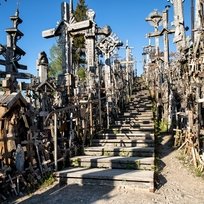
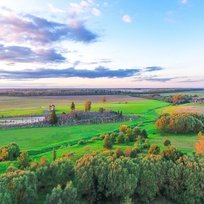
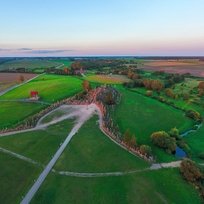
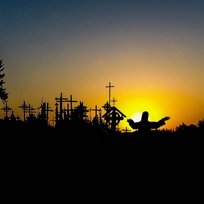
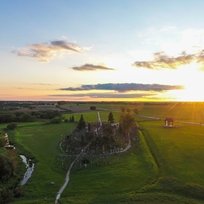
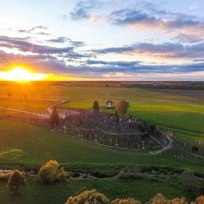
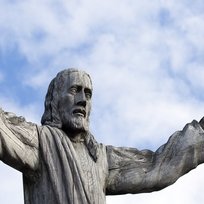
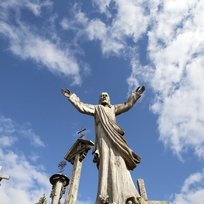
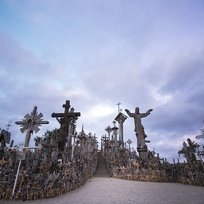
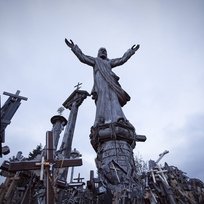
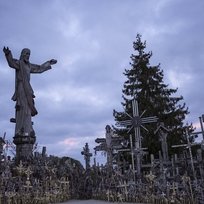
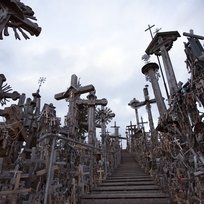
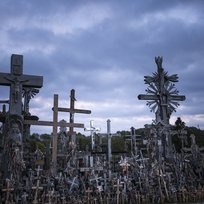
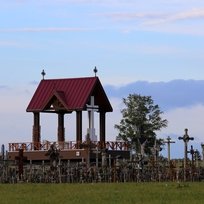
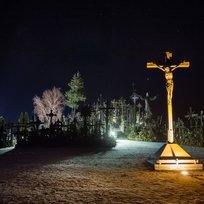
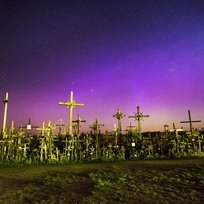
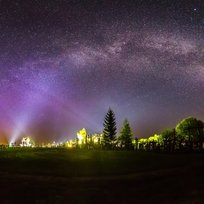
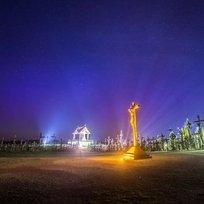
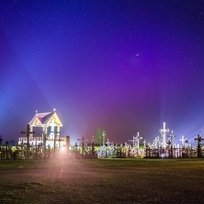
Reviews